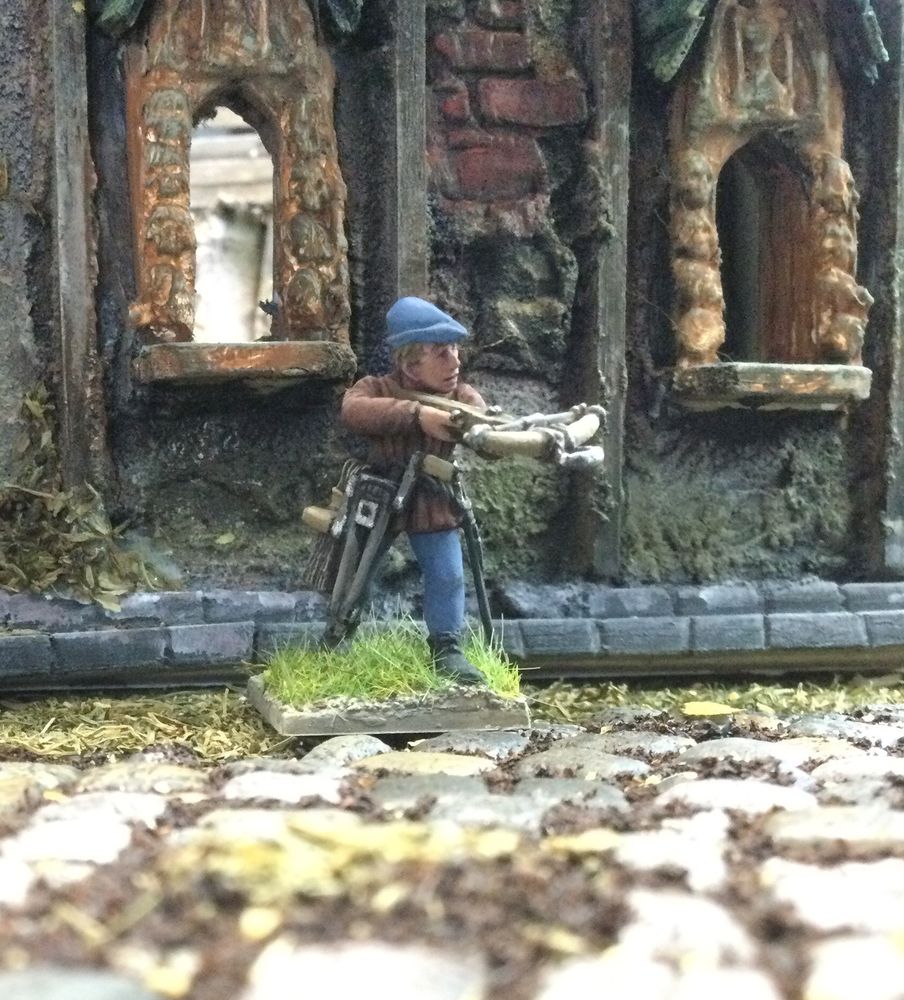
Backwater Deathworld
@bwdeathworld.bsky.social
28 followers
10 following
35 posts
Tabletop miniature painting, converting & sculpting. Main blog backwaterdeathworld.blogspot.com, also www.instagram.com/bwdeathworld
Posts
Media
Videos
Starter Packs






















